Three thousand years ago in what is now Israel, the Judean date palm was a major part of life.
For the Judean people, the tree provided food, shelter, and shade, and helped civilizations and cities, some of which still exist today, grow and thrive thanks to trade.
The date palm was so loved that it's mentioned several times in the Old Testament and images of it decorated ancient coins. It was also considered a symbol of elegance and grace, and the Hebrew word for it, tamar, is still a popular woman's name.
However, over the centuries, things changed. The climate changed and the cities grew, crowding out space for the trees to grow. Later, the devastation of wars wiped out palm plantations. By the 1300s, the Judean date palm was extinct.
Humans have a pretty nasty habit of killing off other creatures, but luckily, there are other humans who work to restore populations of plants and animals on the brink, including the very symbol of the United States.
But when it comes to plants, sometimes it just takes a chance discovery.
In the 1960s, excavations were underway at the ancient palace of Herod the Great, when someone found a small clay jar full of seeds.
For the next 40 years, the seeds were kept in a drawer at Bar-Ilan University in Tel Aviv. After all, they were 2,000 years old. They'd never grow. Right?
In 2005, botanical researcher Elaine Solowey stuck one in a pot of dirt out of curiosity. She didn't really expect anything to happen.
She was wrong.
[H/T: Treehugger]
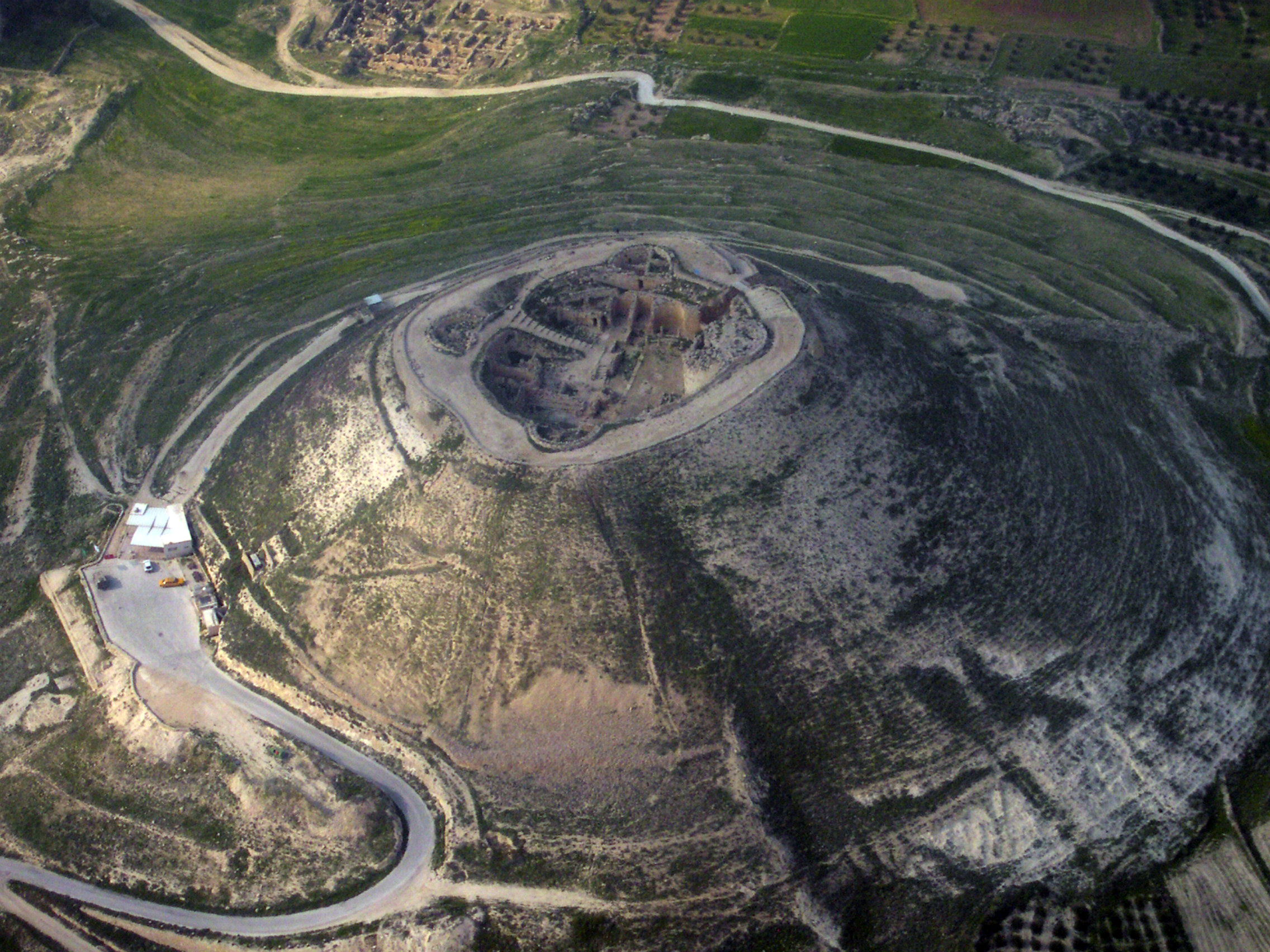
In the 1960s, archaeologists uncovered a small clay pot full of date seeds from the massive palace and temple complex of King Herod in Masada, Israel.
Being that the seeds were some 2,000 years old, they spent the next 40 years in a drawer.
Understandably, everyone thought a 2,000-year-old seed could never grow.
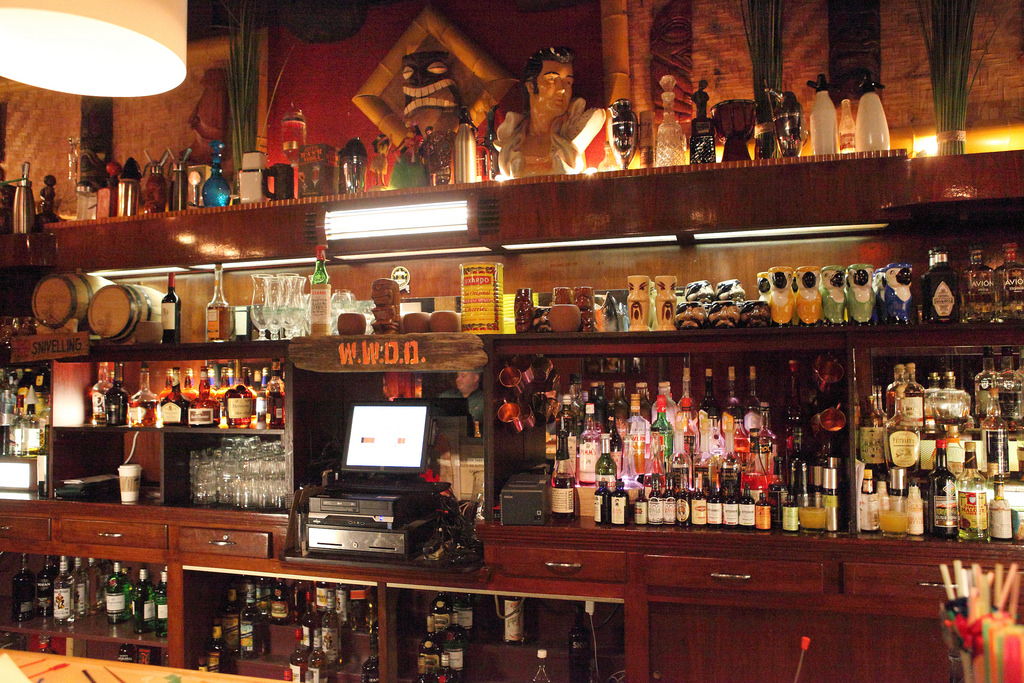
But then in 2005, botanical researcher Elaine Solowey decided to plant one, just out of curiousity.
"I assumed the food in the seed would be no good after all that time," she said. "How could it be?"
To make sure the dates really were ancient, they were radiocarbon tested, and the seeds turned out to be between 1,995 and 2,110 years old.

To everyone's shock, the seeds sprouted eight weeks later. And it kept growing
The photo above shows the plant, which is nicknamed Methuselah due to its ancient age, at about 3 years old. Date palms grow slowly, but surely.
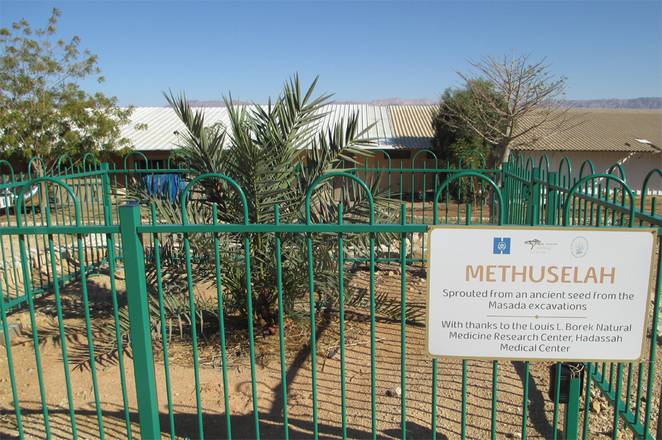
Soon, Methuselah outgrew his pot and had to be planted outside his current location, the Arava Institute for Environmental Studies at Kibbutz Ketura in Israel.
And if you're wondering why we called Methuselah a "he," it's because he is.
This is a male tree, and the first Judean date palm to be grown in centuries. It does mean, though, that he won't produce any fruit.
Solowey and the other researchers wondered if getting Methuselah to reproduce would be tricky, since he is the only one of his kind.
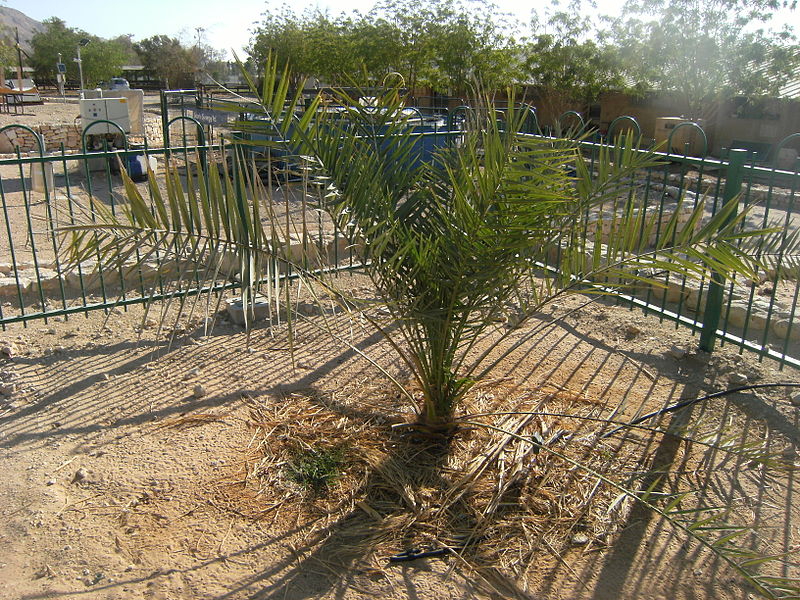
But after doing some genetics testing, Solowey and her team discovered that Methuselah is closely related to an old Egyptian varietal called a Hayany that still grows today.
Solowey used Methuselah's pollen to pollinate a wild female Hayany, and the happy "couple" soon welcomed a batch of dates into the world — the likes of which haven't been seen in centuries.
And Solowey isn't done. "I'm trying to figure out how to plant an ancient grove," she says.
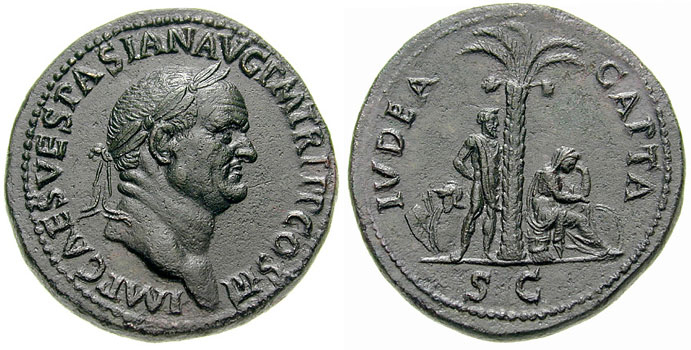
The Judean date palm was an important source of income and cultural pride in ancient Judea. It even appeared on Roman coins from the area.
Reviving ancient plants doesn't only give us a unique view into history, but could also provide modern plants with new immunities, helping populations be heartier and healthier.

Today, Methuselah is growing happily and is about 10 feet tall, and researchers hope he'll be instrumental in bringing back the ancient Judean palm dates, which were valued for both their flavor and medicinal properties.
Would you eat an ancient date? What do you think of bringing back extinct plants?
Let us know in the comments, and SHARE this amazing story with anyone who loves experiencing history!




